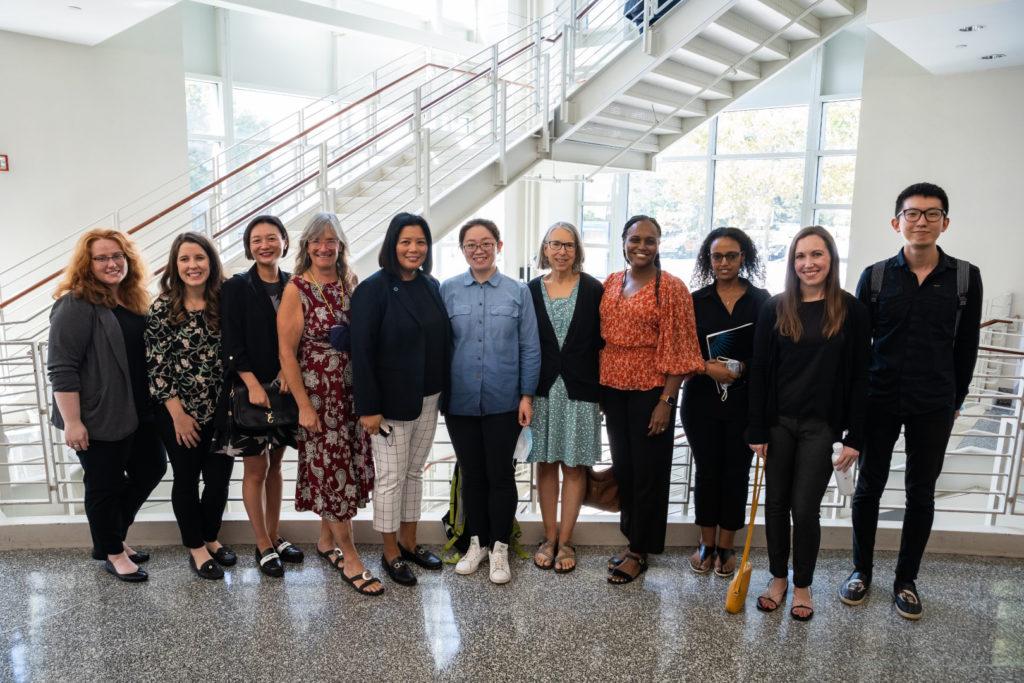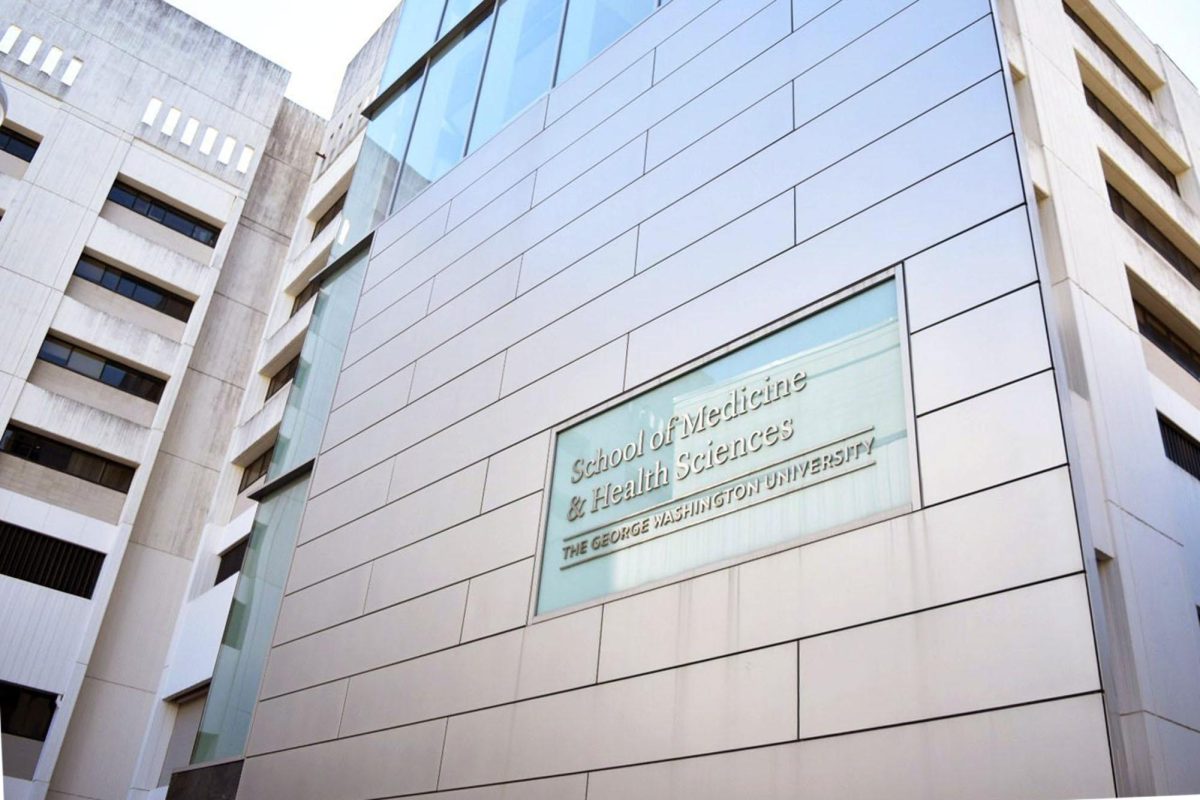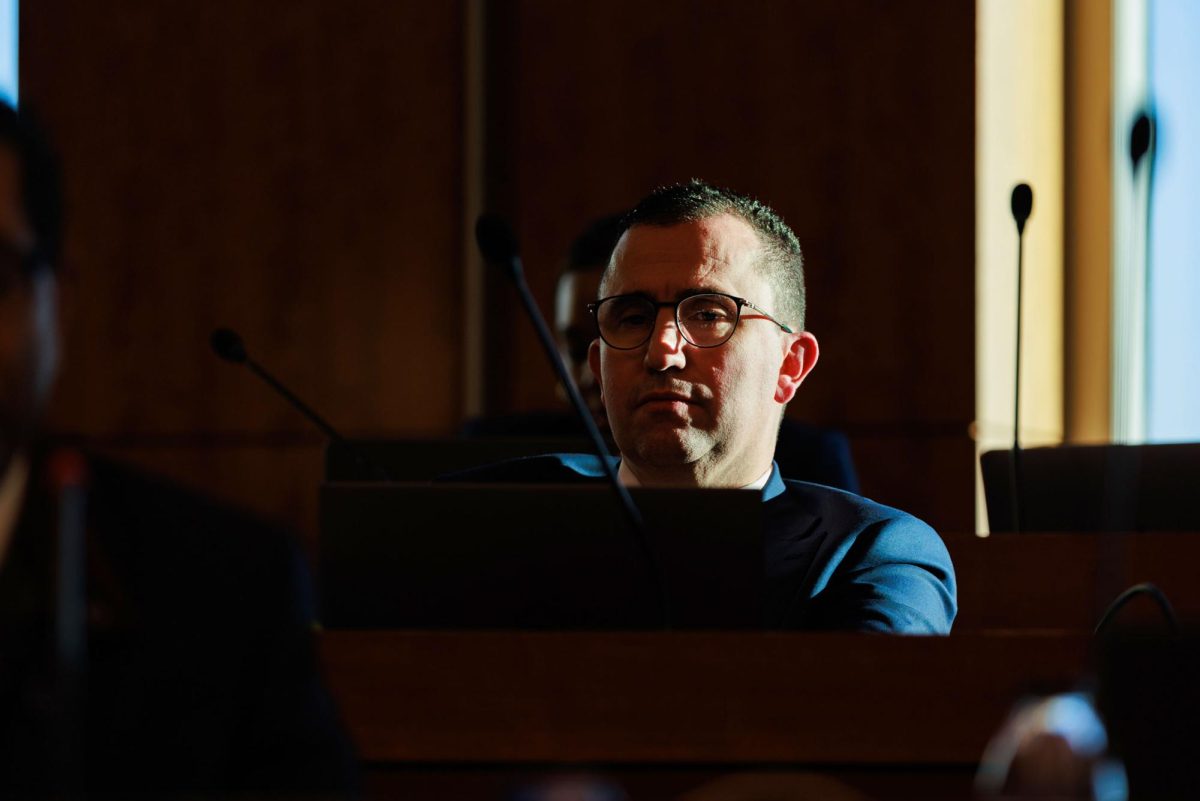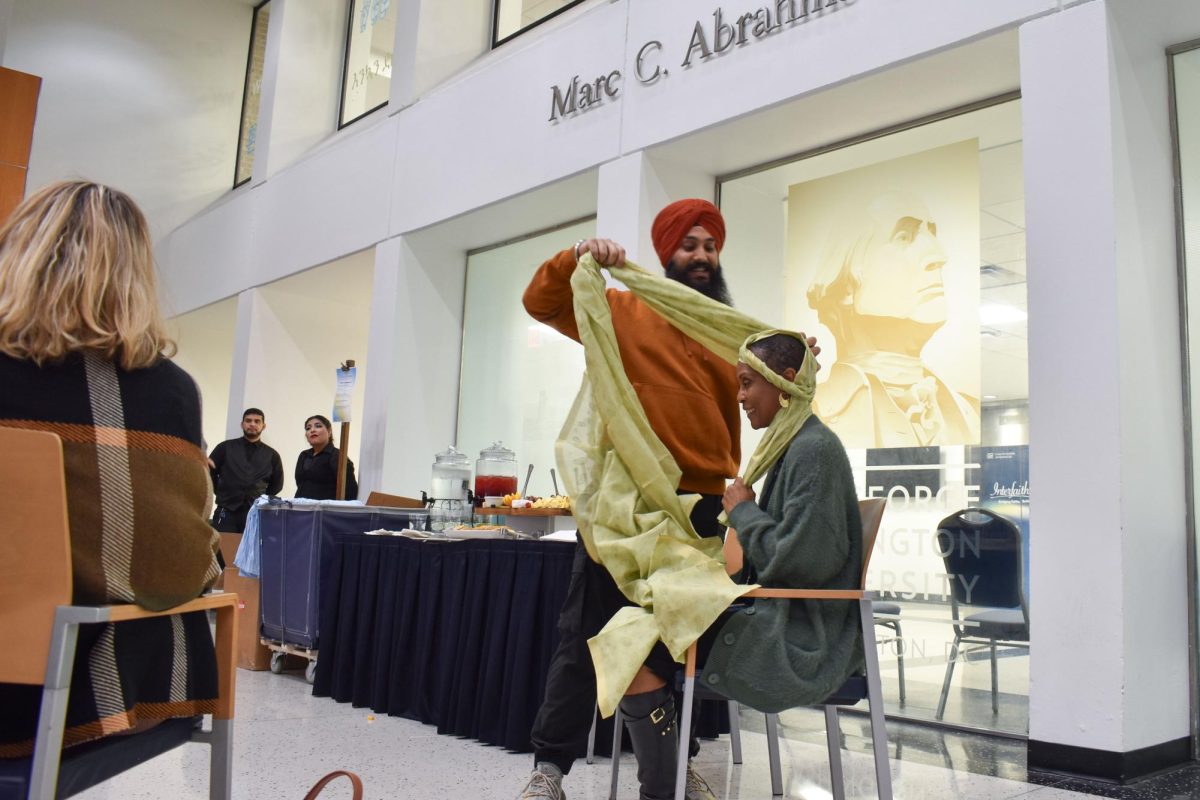Updated: Feb. 14, 2023, at 12:09 p.m.
GW’s Biostatistics Center is advancing a nearly 30-year study on the connection between diabetes and Alzheimer’s with more than $51 million from the National Institutes of Health for the research.
Marinella Temprosa, the principal investigator of the study and an associate research professor in the Milken Institute School of Public Health, said 25 clinics across the country will evaluate potential signs of Alzheimer’s disease in participants with diabetes or prediabetes in hopes of stopping, preventing and reversing the disease. People with Type 2 diabetes, which affects more than 30 million Americans, have a higher risk of developing Alzheimer’s, but the connection between cognitive decline and diabetes is still unknown, according to the Alzheimer’s Association.
Temprosa said the research is a continuation of the Diabetes Prevention Program Outcomes Study that began in 1994, which observed how lifestyle interventions like diet changes, increased exercise and treatment with the diabetes drug metformin can delay the disease in people who have a higher risk of contracting it.
She said in the new study, which will take five years to complete, researchers from the 25 clinics will observe the original 1,976 participants of the DPPOS study and see if they are showing signs of Alzheimer’s.
“The main goal is really to understand what are the determinants of Alzheimer’s disease and Alzheimer’s disease-related dementias in prediabetes and diabetes,” Temprosa said in an interview.
She said the application process for the grant from the NIH – which was finalized in September 2022 – took two years, and the funding will last until 2027, adding up to almost $89 million.
Temprosa said the study employs about 200 researchers nationwide who will evaluate the participants while the Biostatistics Center – housed under Milken and based in Rockville, Maryland – acts as the study’s coordinating center, a facility for managing and storing data for the study.
Pamela Norris, GW’s vice provost for research, said in an email that the grant is the largest NIH-funded grant that the University has received “to date.”
Temprosa said the research team is currently enrolling willing participants from the first study and assessing their memory, language, brain and metabolic health. She said they expect about 15 to 30 percent of the original cohort to have mild cognitive impairment and about 10 percent to have dementia, which Alzheimer’s could have caused, based on national estimates.
Alzheimer’s is a neurodegenerative disease characterized by the progressive erosion of memory and other cognitive functions, according to the Alzheimer’s Association. More than six million senior citizens are living with Alzheimer’s, according to the Alzheimer’s Association.
Temprosa said the study will focus on identifying biomarkers – a biological molecule found in the body that signals a condition or disease – to identify Alzheimer’s before it manifests. She said the study will be the first to focus on the origins of diabetes-related Alzheimer’s, and the identification of the biomarkers will help future researchers potentially develop a treatment or cure for the disease.
“People don’t really know what is it in diabetes that gives that extra risk for developing Alzheimer’s disease,” Temprosa said.
Experts in Alzheimer’s studies said research that examines the association between Alzheimer’s and diabetes will be critical in treating cognitive decline in older populations because the connection between the two diseases is unknown.
Mark Espeland, a professor of gerontology at Wake Forest University, said the multimillion dollar grant for Temprosa is a “major grant for a wonderful researcher” that will hopefully help fill in some of the gaps in diabetes and Alzheimer’s research. He said GW has been critical in advancing the diabetes field as a leading research institution in diabetes because of research like the GRADE study, which found two drugs effective in decreasing glucose levels last October.
“GW has a long history of studying diabetes both among younger folks and older folks,” Espeland said. “The institution has made many major contributions to diabetes research and, of course, Dr. Temprosa has been part of that story.”
Allison Reiss, an associate professor of medicine at New York University’s Long Island School of Medicine, said researchers have known about the connection between diabetes and Alzheimer’s for more than 20 years, but finding ways to halt and prevent Alzheimer’s is still unknown. She said a cure for Alzheimer’s doesn’t exist currently, but typically expensive drugs, like Namenda and cholinesterase inhibitors drugs, give some relief from memory loss symptoms to the patient.
She said diabetes can lead to a higher blood pressure, which can hinder blood flow to the brain and can potentially lead to dementia or Alzheimer’s. She added that the human trials will create a better understanding of the disease than animal trials.
“I think we want to find help for everybody with Alzheimer’s, and if we find something in the study, I do believe it’s going to help people that don’t have diabetes as well,” Reiss said.
Huntington Potter, a professor of neurology at the University of Colorado School of Medicine, said studying patients with diabetes, who have increased affliction rates of Alzheimer’s, is more efficient than studying the general population.
“If we can look at a special population that has a very high risk of developing Alzheimer’s disease, then we may get better insights faster and with less resources spent,” Potter said.
R. Scott Turner, the director of the Memory Disorders Program at Georgetown University, said the risk of Alzheimer’s becomes pervasive in older populations, especially for people over the age of 65. He said doctors now have sharper diagnoses that detect more cases of Alzheimer’s, and society recognizes that memory loss is not a normal sign of aging.
Turner said he is hopeful about the prospective outcomes from current diabetes research, but the drugs and treatments necessary to make a cure for Alzheimer’s may be years away.
“If we’re successful with our clinical research program, we hope that Alzheimer’s may in the future become just something that people read about in textbooks but never actually see a case,” Turner said. “But we have a long way to go before we get to that sort of scenario.”
This post has been updated to correct the following:
The Hatchet incorrectly reported 25 clinics would split up money not included in the $51 million. We regret this error. This post was also updated to clarify the study will take five years to complete.








